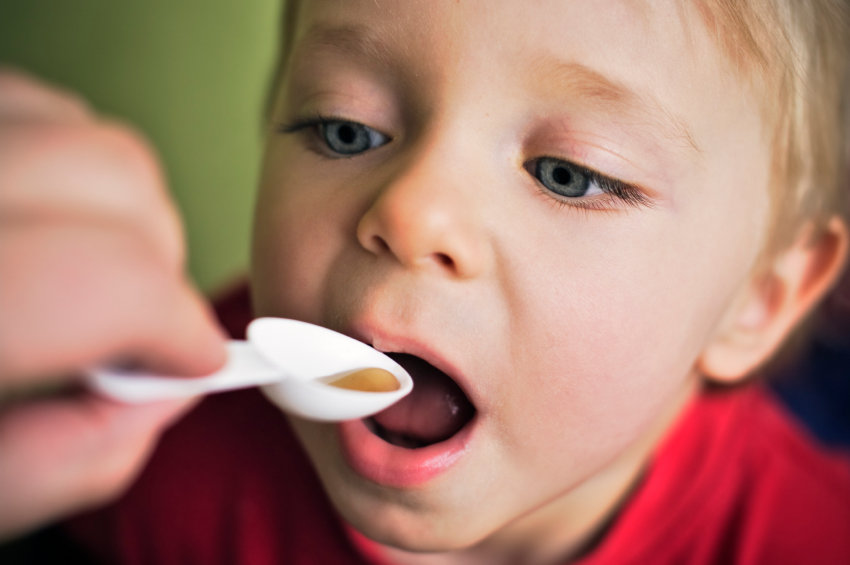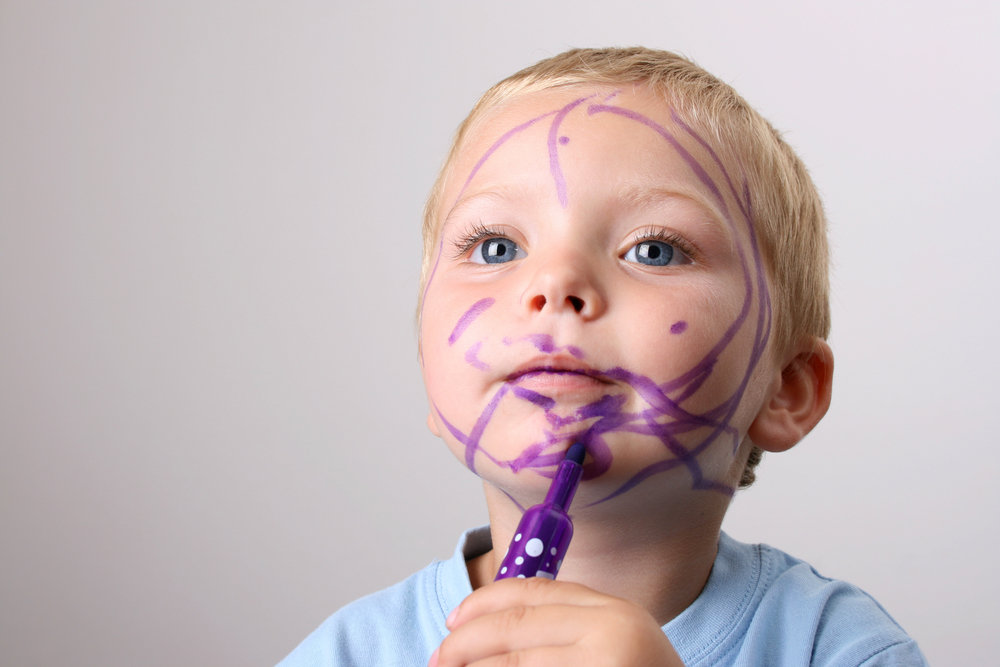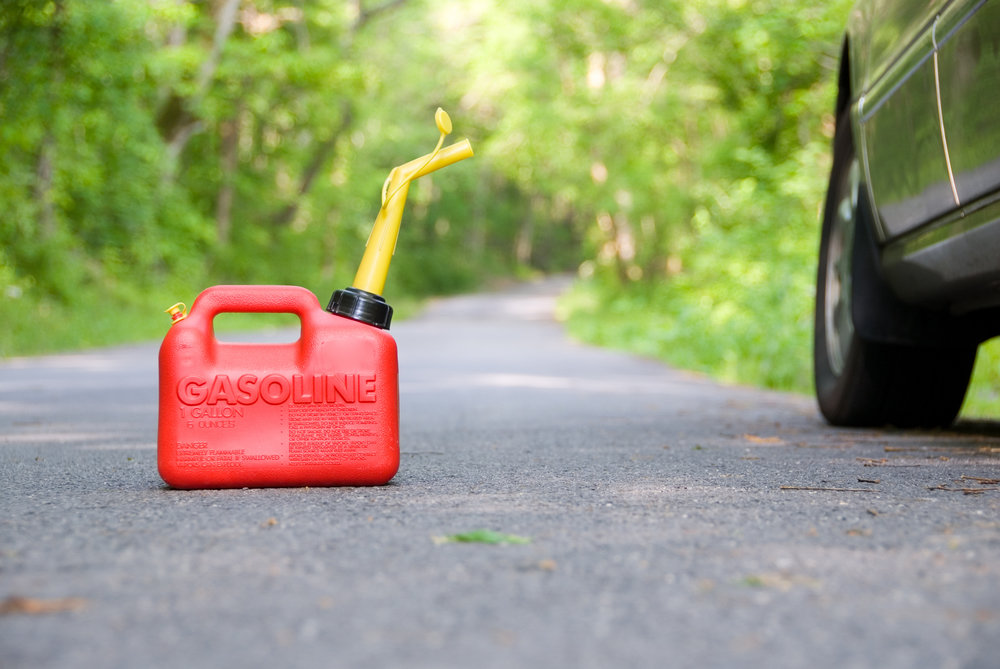Kids get into stuff. That's what they're famous for, right? And as much as we'd like to believe the cartoons, most of the poisons they're going to stumble across in their adventures won't be labeled with a forbidding skull and cross bones.
In reality, the stuff most likely to poison your kids are the things you left on your dresser that the cat knocked onto the ground, or the things that look an awful lot like apple juice to an unsuspecting 2-year-old. In fact, the American Association of Poison Control Centers' 2013 National Poison Data System (NPDS) report, which tallied the number of exposures to poison reported to the group, shows a total of 1,093,578 poisoning reports for kids under 5 in just that one year.
More from The Stir: The Huge Danger to Kids Lurking in Your Child's Toybox
That's both staggering and scary.
To help keep your kids safe, we collated a list of all the stuff around your house that's most likely to represent a poisoning hazard to little kids (those 5 years old or younger).

Before you run out to buy more cabinet locks, write down the American Association of Poison Control Centers hotline (1 (800) 222-1222) and put it onto the fridge next to the rest of your important numbers. Then go get the cabinet locks … because you're going to need them.
Is there anything on this list that surprised you?
Image via Marlon Lopez MMG1 Design/shutterstock; Heiko Barth/shutterstock
Their own medicine

Medicines are the single biggest poison kids are exposed to … so much so that different types of medicines take up about half of the top 25 list. Lumped together, they make up one third of all exposures to poisons in kids — which comes to more than 300,000 cases in 2013 alone.
The two biggest contributors are pain medicines and antihistamines, but cold and cough medicines, sedatives, and asthma therapies are also on the list. And while a lot of the poisonings come from children eating their parent's medicine, it's also important to note that many come from kids overdosing on their own medicines because parents accidentally give them double doses.
Keep careful track of who's giving out medicine, how much, and when; store your (and their) medicine as far out of sight and reach as possible; and take your own medicine in private — it prevents kids from mimicking you and ending up sick.
Your lipstick

As perfect as that new shade is for your skin tone, it's also one of the biggest at-home threats to your kids' heath. Cosmetics and personal care products are the second biggest culprit behind poisonings in kids … at that's at least in part because they're everywhere. Everything from lipstick to nail polish to shampoo and deodorant fall into this category, and since the packaging is rarely kid-proof, it's easy for little hands to find.
A lot of cosmetics still have chemicals like lead and mercury that are more harmful to young skin than yours, but they're even worse when they're ingested.
So what do you do? First, don't leave your makeup out on dressers and counters. Store it in drawers high above your toddler's reach and the cat's swinging tail. Try not to let the kids watch you put makeup on, and be extra careful to keep the soap out of their mouths during bath time.
More from The Stir: 4-Year-Old's Tragic Death From Poisoning Is a Warning to Us All
Dishwashing tablets

Anything in colorful pod form (laundry pods, dishwasher tablets) is almost asking to be swallowed by kids, but all household cleaning products are dangerous. They make up 10.4 percent of cases of child poison exposure.
It's a significant number, but there is good news: that number is down about 85 percent since 1972. What changed, you asked? The government started requiring more product bottles to be child-resistant.
Even so, more than 11,000 kids 5 years old or younger were treated in the ER for injuries from cleaning products in 2006. Not surprisingly, the most dangerous ingredient was bleach, which accounted for 37 percent of those cases.
Also a biggie? Detergent pods: more than 17,000 children aged 6 and under have had dangerous incidents with laundry pods, according to data from the the National Poison Data System.
As always, to reduce the risk of poisoning all cleaning supplies should be kept in locked cabinets. Never reuse cleaning product bottles especially as toys for kids, and you always keep products in their original containers. Another good tip? Make sure they're stored away from food.
Silica packets

Despite the warnings, more than 20,000 kids ingested those little packets you find in shoes boxes and similar products to keep them dry. As a group, ingesting toys and other "foreign bodies" accounted for a total of almost 7 percent of poisonings, or about 75,000 cases. The other big culprits in this category? Glow sticks, toys, coins, bubble blowing solution … and feces (yuck).
Gummy vitamins

They look harmless enough, and that's kind of the point. But vitamins poisoned 47,000 kids in 2013, both from eating too many kids' vitamins and accidentally eating adult vitamins.
What's actually causing the damage is the iron found in the vitamins, which can give small children severe iron poisoning even in small amounts. Symptoms include vomiting, diarrhea (both of which might be bloody), abdominal pain, and dehydration. If it's serious enough and goes untreated, iron poisoning can kill children, so it's really important to keep track of how many of those gummies kids are eating, teach them that these gummies aren't candy, and to keep them far away from your iron supplements.
Rat poison

Accidentally ingesting rat poison accounted for more than 7,000 cases of poisoning in kids in 2013, and as a whole, pesticides and the like make up 3.2 percent of all exposures. That's more than 35,000 cases, and while some of those are just from contact with the skin, far more are from accidentally ingesting them.
SThe moral of that story: all the chemicals you use to keep your home pest-free should be locked away or stored out of reach. And even if you have rodents, you should never leave the poison out where your kids can find it.
More from The Stir: 6 Most Dangerous Kid Party Activities & How to Make Them Safer
Your house plants

Many house plants are fine … but there are some breeds that are poisonous and easy for little kids to grab on to and eat.
Toxic plants are one of the top 10 most common causes of poisoning in kids, and almost 30,000 kids under 5 were exposed in 2013. Dumb cane and English Ivy are two popular types that can cause problems — the latter can cause issues just from touching; kids don't even have to eat it to develop a rash.
Markers

Kids wield markers like swords, and they get ink everywhere. More than 20,000 kids were poisoned in 2013 by craft or office supplies, though, so it's important to remember that they can also be dangerous.
Stick to non-toxic brands (when possible), and keep a close eye on your kids when crafting. When the project's over, put the supplies away in a place that kids can't reach.
Rubbing Alcohol

Because it tastes and smells so strong, most kids won't get past one sip of rubbing alcohol, but even that much can be dangerous, and it's not uncommon for kids to get poisoned like this. All types of alcohols — from things like beverages, hand sanitizers, and medical alcohols — account for about 1 percent of poisonings in kids.
It's important to keep alcohol in its original packaging, and remember that kids' bodies can absorb it in less than 30 minutes, so even a small amount can be hazardous.
Gasoline

It seems unlikely that a kid would drink gasoline, but it happens to a couple thousand children every year. Poisonings from similar fluids called hydrocarbons make up a total of 1 percent of poisonings in kids — also beware of lighter fluid and turpentine, which are both part of this family, too.
More from The Stir: The Number 1 Danger to Kids Hiding in Your Laundry Room




